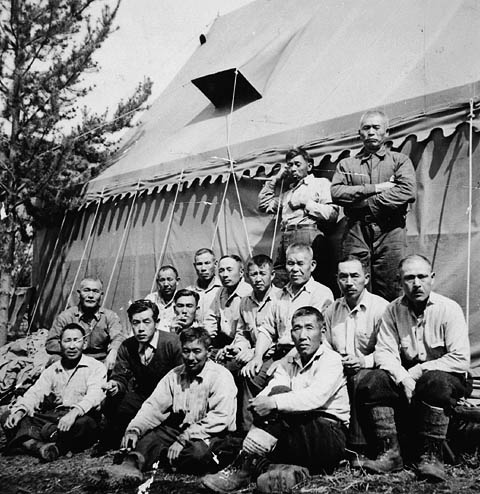By Raymond Li
Obasan by Joy Kogawa is the book I have been reading recently in my literature class. It is based off the experiences of Japanese Canadians during the japanese internment in the second world war. The book acts as a key piece of literature in Canadian history and is a counter narrative to the war’s main narrative. The Japanese felt harsh racism during and after the internment from Caucasian Canadians. There is a constant reminder of a “white” vs “yellow” barrier in Obasan.The book also offers repetual themes of silence and voice. With contrasting characters like Aunt Emily Kato (very active, loud, and constant utilization of voice) and Obasan (silent, short answers, secretive) in terms of attitude, it makes for an interesting comparison in terms of how current Japanese Canadians react to their past internment.
As Obasan was depicting the racist experiences of japanese internment, I was reminded of a particular type of critical theory (Race theory) that I have been learning about in Sociology. In Race Theory, it is argued that race is still a significant factor today for coloured people globally (Ritzer and Guppy 61), while others argue that people have adopted a sense of colour blinded-ness towards individuals of colour (62). Race theorists rebut this by arguing that colour-blindness “ignores the unique experiences of racial minorities, including the social consequences of years of racial discrimination” (62). Bonilla-Silva suggests that colour-blindness allows caucasians to continue to practice racism against those who were discriminated in the past (qtd. in Ritzer 61). I suggest that while Obasan may depict many stories of racism and discrimination that are atrocious, it is possible that – according to this theory – Japanese Canadians may not receive the respect and remembrance they deserve should we forget about their internment and harsh treatment in Canada many decades ago.

Japanese Interned Men. Public Domain.
With differing attitudes (Aunt Emily and Obasan for example) for their voice to be heard, it also raises the question – how has Japanese Canadians’ outcry for reparations and compensation has affected Canada’s transition to a multicultural country? In 1988, Previous Prime Minister Mulroney issued an official formal apology with compensation to the surviving Japanese Canadians who suffered internment and discrimination (CBC). Seeing as how Kogawa named her book Obasan rather than Aunt Emily, it is possible that Kogawa sees herself as more of a quiet, non active type. Despite this, Obasan in itself is a large voice that reaches out to a very broad audience, and is only one of many examples of Japanese Canadian activism and patriotism for their country, Canada.
You can check out more information about the public apology here, @ http://www.cbc.ca/archives/categories/war-conflict/second-world-war/relocation-to-redress-the-internment-of-the-japanese-canadians/apology-to-japanese-canadians.html
Works Cited
Guppy, Neil and George Ritzer. Introduction to Sociology. California: SAGE Publications, 2013. Print.
N.a. “1988: Government apologizes to Japanese Canadians” CBC. CBC News. Web. 16 Sep. 2013
Cheers,
Raymond
